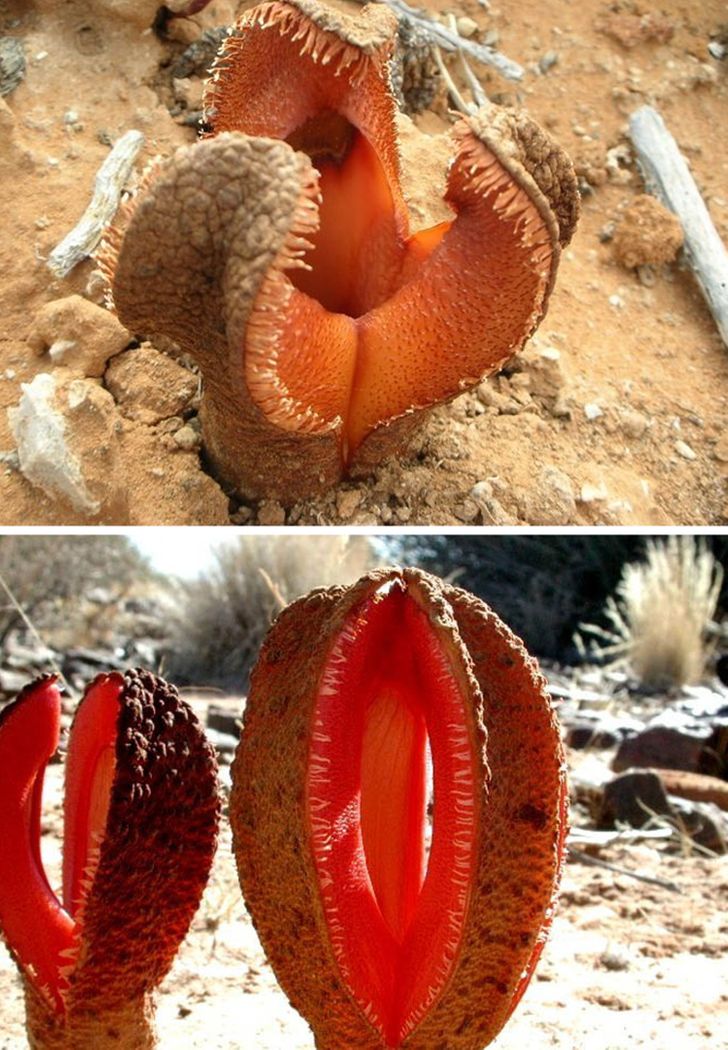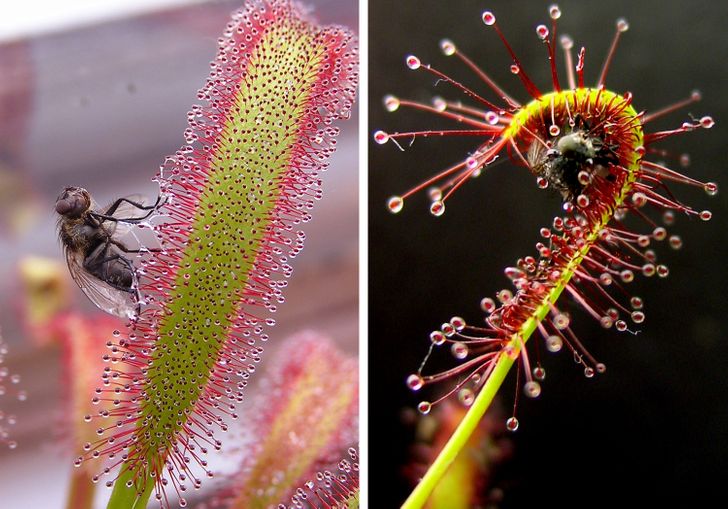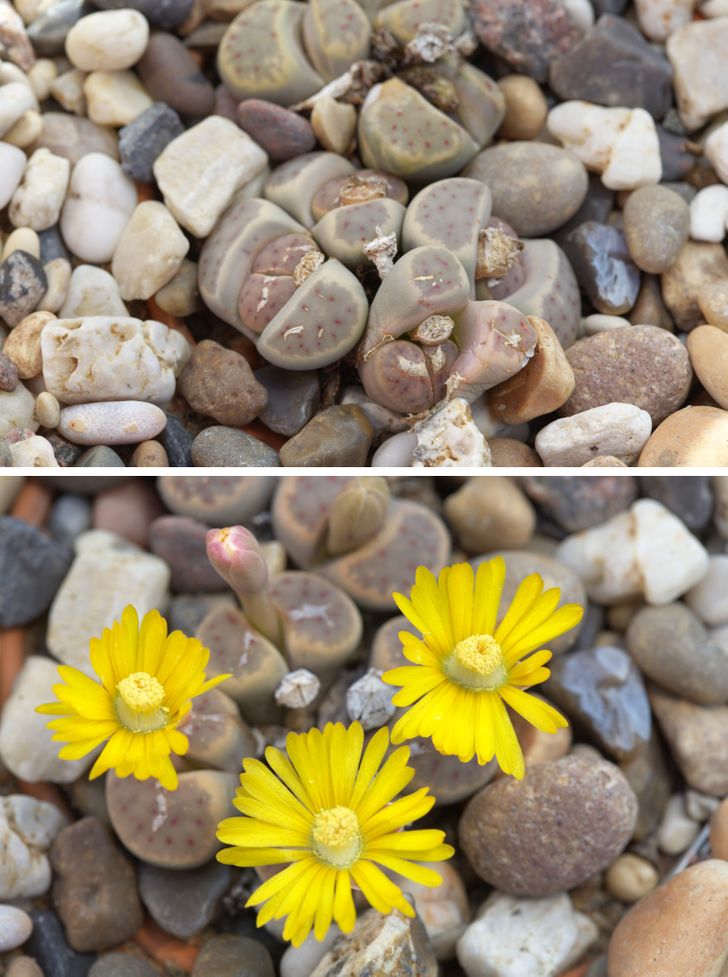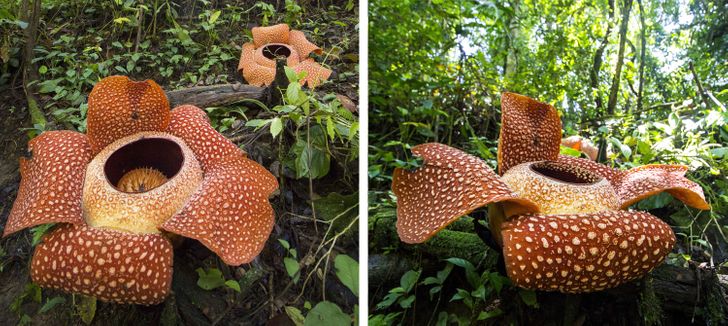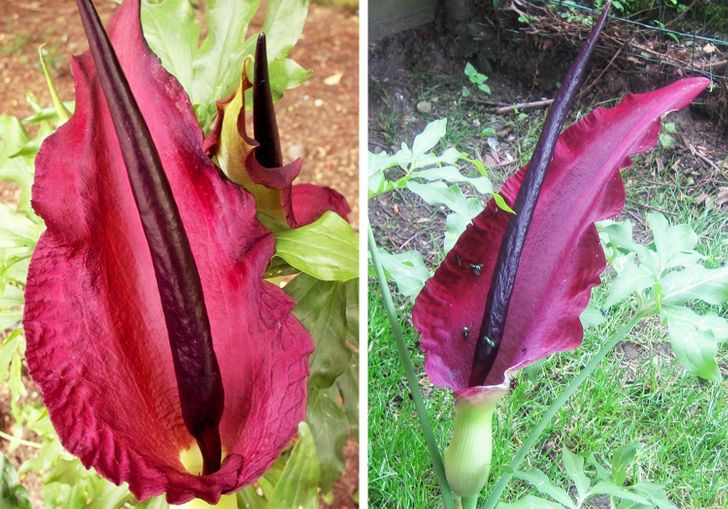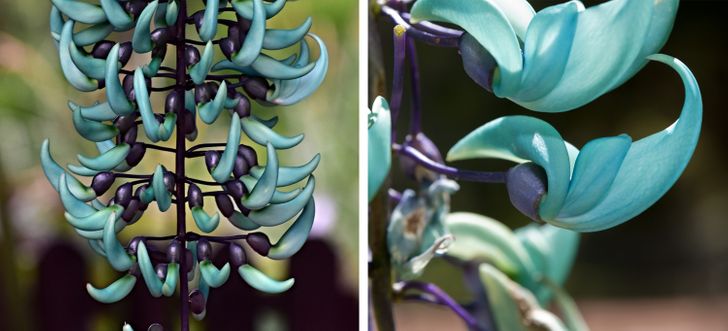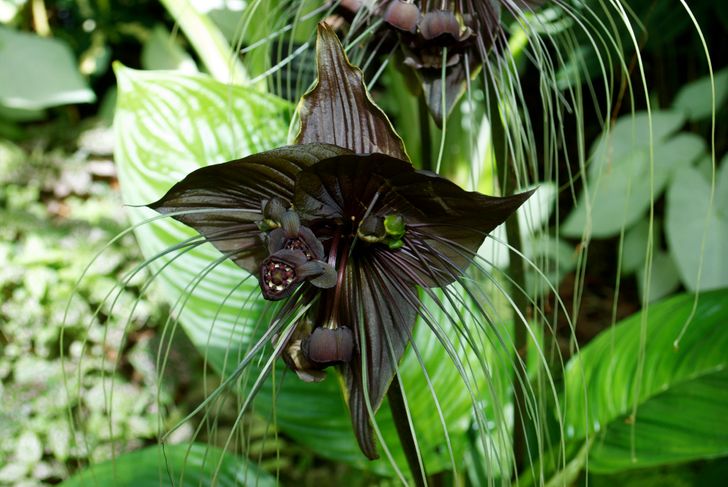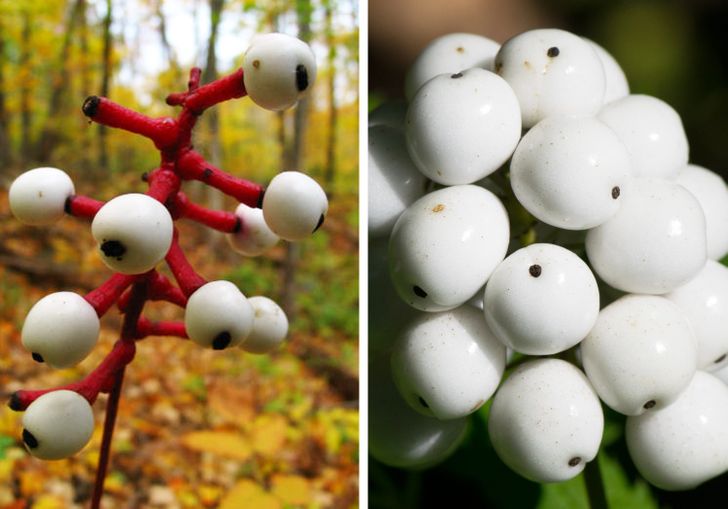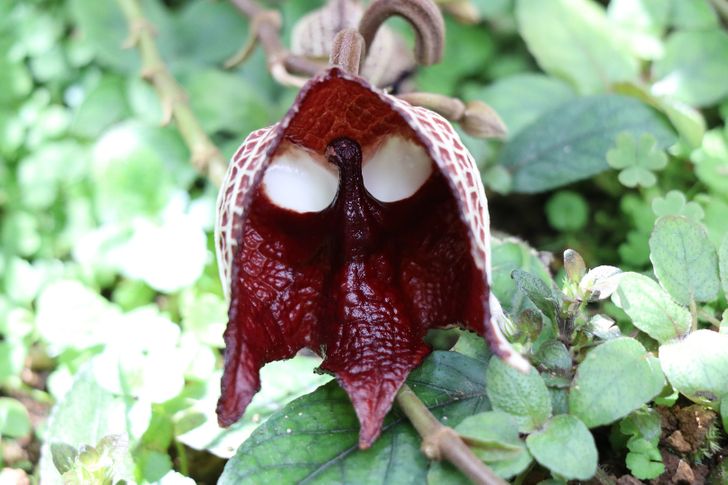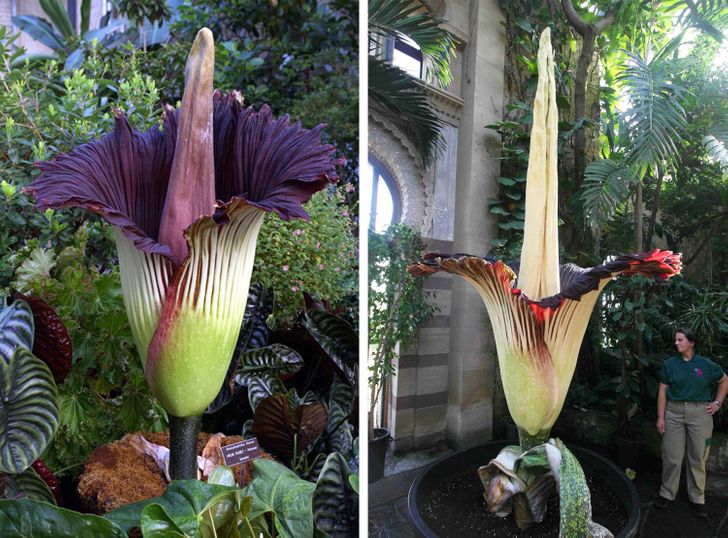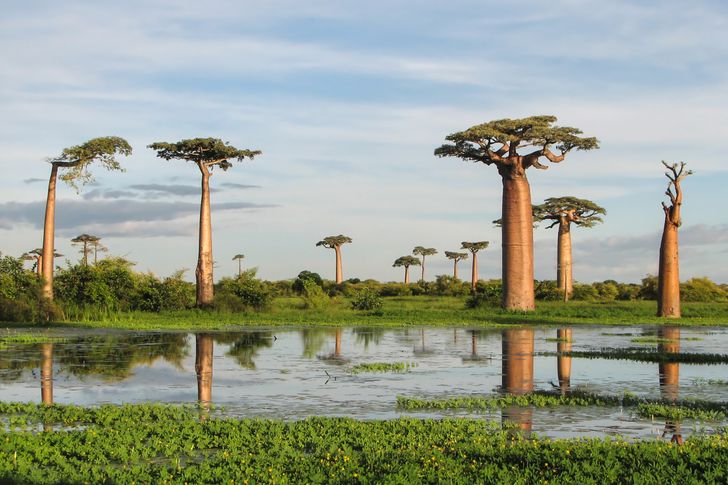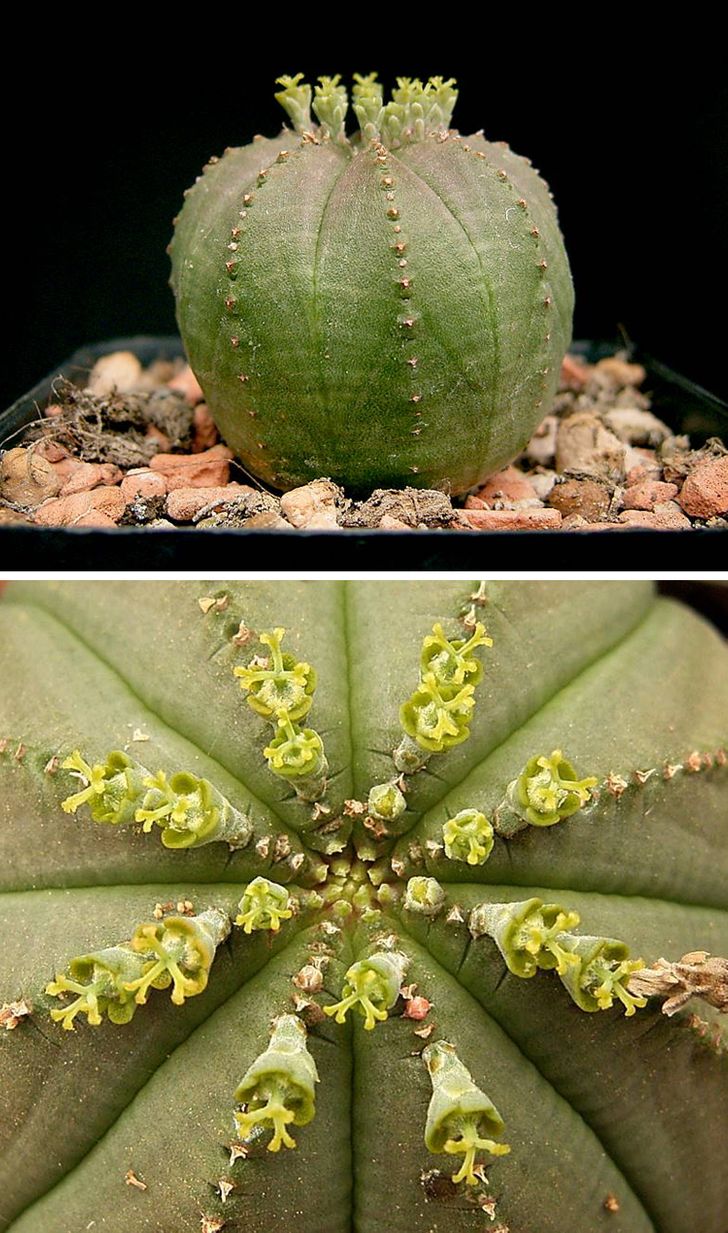wow
15 Strange Plants That Prove We Could Be Living on an Alien Planet
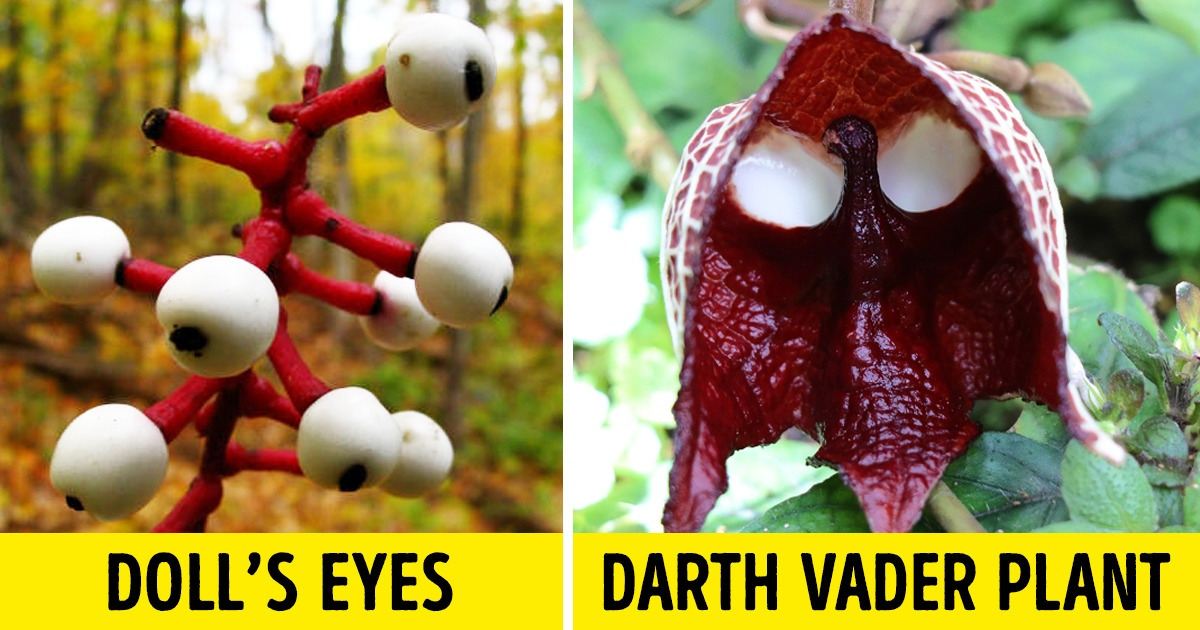
There are nearly 422,000 species of plants in this world, according to a recent study carried out by the International Union for Conservation of Nature, one of the world’s largest environmental organizations. This amazing biodiversity clearly explains why we see so many different types of plants and flowers in various colors, shapes, and sizes. But that might explain why, every now and then, we also run into plants that are so strange and unusual, that we could say they come from a different planet.
Bright Side is always amazed by how diverse and incredibly unique our world is, and we don’t want to take anything for granted. So we made a compilation of the strangest flowers you’ll see here on Earth, but that could’ve come from outer space. Take a look!
1. Hydnora africana (a beetle trap)
This plant is endemic to southern Africa and grows mostly underground. The only part of it that becomes visible is its fleshy flower. But if we have to stop and describe this plant’s main characteristic, we’d have to talk about its stinky smell. It uses this awful smell to attract its natural pollinators, among them, are beetles. When the beetles land on the Hydnora africana, they are temporarily trapped in its flowers, which act as a cage. When they are released, they take the pollen with them, which facilitates the reproduction of the species.
2. Drosera capensis (best known as the Cape sundew)
This strange carnivorous species, officially called Drosera, is better known as the Cape sundew because of the sticky mucilage that comes out of its hairs. That’s another way of describing the liquid that you can see in the photo on the right that helps this plant attract its prey, which are mostly flies that will later become food. This species called capensis, endemic to South Africa, is one of the strangest and most peculiar carnivorous plants known to humans because of the way in which it folds in on itself to capture insects.
3. Lithops (pebble plants or living stones)
At first glance they look like stones, but don’t let your eyes deceive you. Lithops are a genus of succulent plants native to southern Africa. Their name in ancient Greek means “shaped like stone,” an evolutionary feature that allows them to camouflage with the environment and survive against predators. Each species has different colors and flowers that grow in the cleft between its leaves.
4. Rafflesia arnoldii (the biggest flower in the world)
Rafflesia arnoldii is found in the humid forests of Indonesia and has a flower that can reach almost a meter in diameter and weigh up to 11 kilos. If this doesn’t earn you the title of the biggest flower in the world, we can’t tell you what will anymore! But it is far from being a romantic flower: it emits a strong foul smell to attract the flies that pollinate it and it is parasitic, that is to say, it grows on the roots of trees, where it obtains its nutrients.
5. Dracunculus vulgaris (dragon lily)
A large purple spathe with a huge stem, and with male and female flowers, is probably the best way to describe this plant that is endemic to the Balkan region. It is known by different names like dragon arum, black arum, voodoo lily, snake lily, black dragon, or dragonwort. It has the ability to grow at a temperature as low as 18°C. It also has a smell similar to rotten meat to attract its pollinators.
6. Strongylodon macrobotrys (jade vine)
This vine is endemic to the rainforests of the Philippines, but it can be found in many different parts of the world nowadays. It is easily recognizable thanks to its leaves, that are pale green like jade and that grow in the form of a claw. In their natural habitat, they are pollinated by bats and they are actually related to beans, like kidney beans.
7. Dracaena cinnabari (Socotra dragon tree)
This tree is native to Socotra, an archipelago that officially belongs to Yemen. The branches of this very peculiar tree spread outward and form a semi-spherical crown, kind of like an open umbrella. The fruits that grow on this tree look a little bit like small berries and most of the time birds eat them. The berries also ooze a red resin, often referred to as dragon’s blood, which has been used since ancient times as dye and a natural cure.
8. Tacca chantrieri (black bat flower)
This is called the black bat flower because of the black bracts of its flowers, which resemble the color and shape of the wings of a bat. Its long thread-like organs add an even more exotic appearance to this strange flower. That might be why this species is also known as “cat whiskers.” It is endemic to Southeast Asia and can be mostly found in the wilderness in Malaysia, Thailand, and southern China.
9. Actaea pachypoda (doll’s eyes)
The most striking feature of this very peculiar plant, endemic to the eastern part of the United States and Canada, is its fruit. From its dense clusters, a poisonous white berry is born. These berries are about 0.5 inches in diameter and strangely enough, their size, shape, and black spots are similar to an eye. That is why this plant is also known as a doll’s eye.
10. Aristolochia salvadorensis (the Darth Vader plant)
Aristolochia salvadorensis is a shrub that is endemic to Brazil. At the base of its trunk, very close to the ground, grows a flower without petals and with an internal color that is brighter than its exterior. It also has 2 white spots inside. These elements all put together made it very popular because of its resemblance to the famous villain, Darth Vader, from the Star Wars saga. Today, this plant is known as the Darth Vader plant.
11. Mimosa pudica or shameplant (It moves when touched.)
Originally from the tropical areas of America and Africa, what makes this plant so special is that, at the slightest touch, its leaves fold as if they were closing. This reaction to the touch serves as a defense mechanism against predators. That’s because when its leaves are closed, the plant seems withered and therefore less tempting. It also used to reduce the loss of water during hotter seasons and to protect itself from the wind. That’s why this plant has been called a sensitive plant as well.
12. Amorphophallus titanum (corpse flower)
This plant produces the largest inflorescence in the world, which is another way of saying that the set of flowers sprouting from its single stem are huge. They can even reach heights of up to 10 feet high and weigh 339 pounds. It can take up to a decade for this flower to bloom for the first time. Then once it does, the flower remains open for 48 hours, and the whole process has to start all over again. Because of its foul smell, it is known as the corpse flower.
13. Selenicereus grandiflorus (queen of the night)
This plant species, a family member of the cactus, is native to Latin America and Caribbean countries. Its distinctive feature is its white flower, that only lives for a few hours, and doesn’t grow back again. Because of its short life span and the fact that it often appears during the night, it is known as the queen of the night.
14. Adansonia grandidieri (Grandidier’s baobab)
The beautiful and rare Adansonia grandidieri has become a symbol of the biodiversity of Madagascar, the land where it normally grows. Unfortunately, this baobab is an endangered species. The trunks can reach 82 to 98 feet in height and 10 feet in diameter. Only a few branches crown the top of the tree. They grow leaves between October and May.
15. Euphorbia obesa (Baseball plant)
This grows in the shape of a ball, very similar to that of a baseball, which is why it’s often referred to as the baseball plant. Native to South Africa, it has a diameter that ranges from 6 to 15 centimeters. Its beautiful “false flowers” (which are called cyathia) give it a very trendy, decorative look. You will hardly ever find it in the wild, as it’s in danger of extinction, but it is very commonly cultivated in homes and botanical gardens.
Which of these plants would you like to have in your home? Do you know of another exotic flower that we should add to this list? Let us know in the comment section and post pictures of your own uncommon plants!
Comments
I wouldn't even notice that those plants are not stones..
I wonder why the plant is called "doll's eyes", it doesn't look at them at all
that's so creepy I don't want to get close to it
In India we call shame plant as ''Lojjapoti Lota'' meaning - a plant which is shy
Related Reads
15 Weird Shots Suddenly Taken by the Google Car

15 Stories That Prove Kindness Quietly Heals What the World Breaks

10 Stepchildren Who Opened Their Hearts to Welcome Another Parent

My Boss Tried to Ruin My Christmas Plans—I Got the Last Laugh

I Got Fired the Day Before My Vacation—And HR’s Policy Was Their Biggest Mistake

15 Landlords Whose Logic Is So Bizarre, Their Tenants Were Left Speechless

I Refuse to Sacrifice My Health to Keep My MIL Happy, I’m Her DIL, Not a Speechless Doormat

12 People Who Mastered the Art of Keeping Their True Motives Hidden

16 Moments That Remind Us to Stay Kind Even If the World Turns Ice Cold

10 Travelers Who Took “Breaking the Rules” Way Too Far

10 True Stories That Prove Kindness Is Quiet — but Stands Strong

10 Holiday Gatherings That Proved Family Drama Has No Days Off

